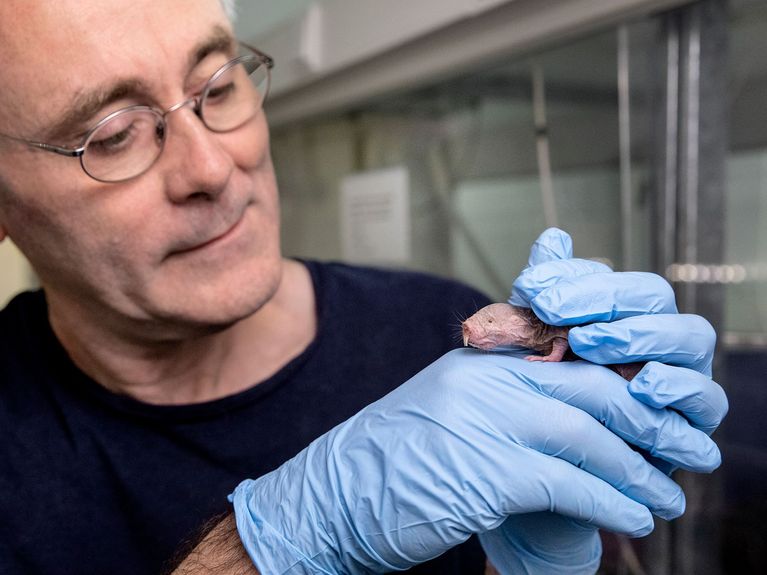
Challenge #162
Pain: What happens when it hurts?
Anyone who wants to alleviate chronic pain must understand the biochemical principles. Researchers at the Max Delbrück Center are learning from an animal that feels less pain than humans.
Participating centers
Some people experience even gentle touches of the skin as stabbing pain. Such neuropathic pain is chronic. We are looking for ways to "switch off" this pain, so to speak.
Nerve endings in the skin convert stimuli such as mechanical pressure into an electrical signal and transmit it to the brain within fractions of a second. This is how we normally feel heat, vibrations or pain. We still know very little about what happens at the biochemical level at the nerve endings or in the spinal cord.
By investigating the fundamentals of pain sensation, for example, on the basis of the ion channels involved, we are finding new approaches for therapy: Drugs are currently being developed that could be effective against pathological pain, for example. About 300 naked mole rats living at the Max Delbrück Center help us in our research. The animals are resistant to certain pain stimuli and we want to make the mechanism behind this usable for patients.
Image: Pablo Castagnola/MDC